Why Did Pierre Poilievre Lose His Seat?
It's official. The Conservative Party leader lost his seat after 21 years in Parliament. Here's why Carleton voted out Pierre.
It’s official. The rumours were true.
After more than 20 years representing the Ottawa riding of Carleton, Pierre Poilievre has officially lost his seat to Liberal candidate Bruce Fanjoy.
Poilievre’s defeat in yesterday’s federal election is historic.
In our 158 year history, I could only find one similar example where a major political party leader lost their seat in an election — and still stayed as leader and returned to Parliament later on.
That was William Lyon Mackenzie King, who lost his North York seat in the 1925 federal election but quickly ran in a new by-election, won that seat, and continued to lead the nation as Prime Minister.
Pierre’s historic loss — I would argue — offers a cautionary tale about the risks of populist strategies, political inflexibility, and ignoring the needs of your core constituents.
Trump-Style Polarization: A Toxic Turn
As many of you may remember, Poilievre’s leadership of the Conservative Party finally hit its stride in the summer of 2023, riding on a wave of populism and growing dissatisfaction with the Trudeau government.
His “Axe the Tax” campaign successfully created a narrative of an out-of-touch, “woke” Trudeau government, echoing themes of anti-elitism, and “common sense”. These messages — combined with a focus on core issues like cost of living and housing — resonated with the Canadian electorate.
But the increasingly polarizing “Canada is broken” messaging, bullying behaviour, and inflammatory language, contributed to his rising unpopularity with voters, and contrasted poorly with the more “Canada-unified”, conciliatory message of his main rival, Bruce Fanjoy.
Inability to Adapt to Change
Pierre Poilievre, known in Ottawa for his “attack dog” style, thrived over the last two years, relentlessly blaming Trudeau for issues like the cost of living, housing, and crime. However, when Trudeau stepped down, the carbon tax was repealed, and Donald Trump began publicly attacking Canada, the national mood shifted dramatically — calling for an immediate change in tactics.

Despite this, Poilievre stuck to his old messaging, continuing to rail against Mark Carney (as if he were Trudeau) and the carbon tax, only briefly attempting a “Canada first” rebrand …before doubling down on familiar slogans. But I think his most costly misstep was failing to confront Trump’s increasingly hostile rhetoric and trade war against Canada, a silence that forever damaged his appeal among voters in Carleton, especially as he only criticized Trump the day of the election, by which point the political landscape — and his fortunes — had already changed dramatically.
Attacks on Public Servants and Threats of Cuts
There are over 311,10 public servants in the National Capital Region, many of which live within the Carleton riding. Poilievre’s repeated threats to cut the public service — framed as a way to balance budgets and shrink government — touched a nerve with many of these voters. Given his record of opposing health care supports, cutting wages, and imposing anti-labour laws — you can see why trust would erode quickly among Carleton working families and public sector employees. In a riding where government jobs are a backbone of economic stability, threats to public servants were politically costly.
The Trucker Occupation: Local Fallout
Perhaps most damaging to his constituents’ trust levels was Poilievre’s vocal and public support for the 2022 trucker convoy that occupied downtown Ottawa. While this stance played well with his national base, it infuriated many Carleton residents — who experienced firsthand the disruption, noise, and harassment that accompanied the occupation.
For suburban families and public servants alike, Poilievre’s alignment with the occupiers was seen as a betrayal of local interests and public order, reinforcing perceptions that he was more interested in stoking division than addressing constituents’ real concerns.
Carleton’s Demographics: Suburban Shift and Sensitivities
Carleton is rapidly growing. With a population topping 131,375, a a median age of 40.6, and a median income just over $103,990 — Carleton is home to a mix of young families, established professionals, and retirees. The area has seen a +30% population increase since the last Census, reflecting its appeal to newcomers seeking stability and opportunity.
Given this growth, Carleton’s demographic mix is sensitive to both economic uncertainty and social change. As a result, any policies that encourage more instability (eg supporting convoy occupation) or threaten jobs (eg cutting federal service) directly conflict with Carleton residents’ interests and values.
Conclusion: Why Carleton Turned Against PP
Poilievre’s defeat in Carleton was not just a personal loss, but a reflection of broader trends. His embrace of divisive, Trump-style politics, hostility towards public servants, and mishandling of local crises helped alienate the very suburban Carleton voters who once formed his base.
In a riding that defines itself by stability and public service, these missteps final proved fatal for the 21 year career politician — demonstrating that polarization and populism have limits, especially when they conflict with the lived realities and strong values of a community like Carleton.





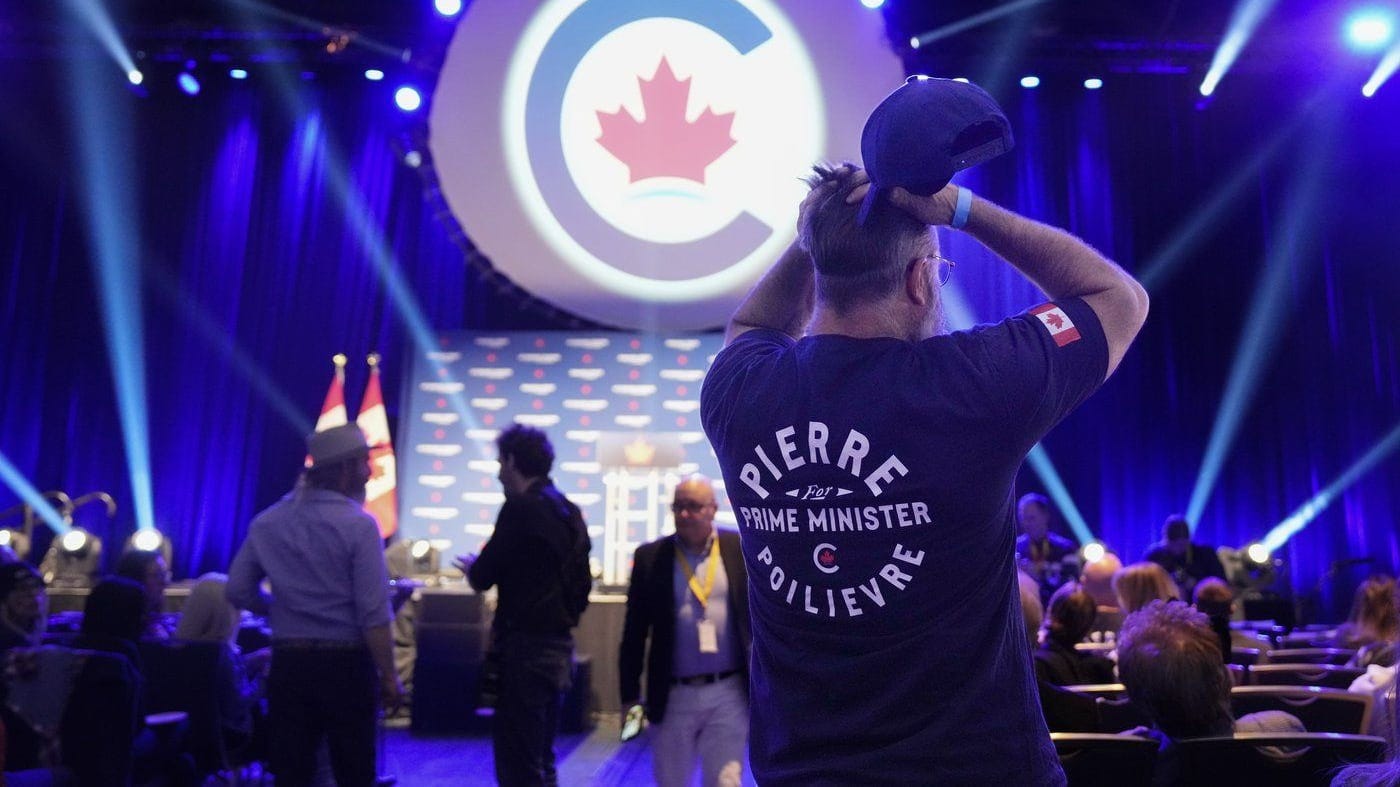
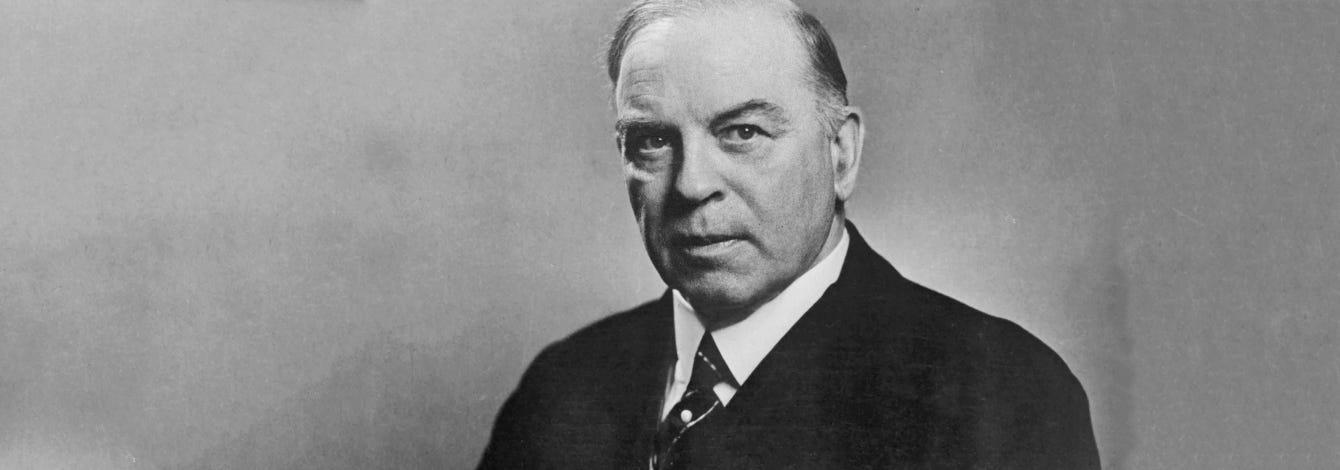

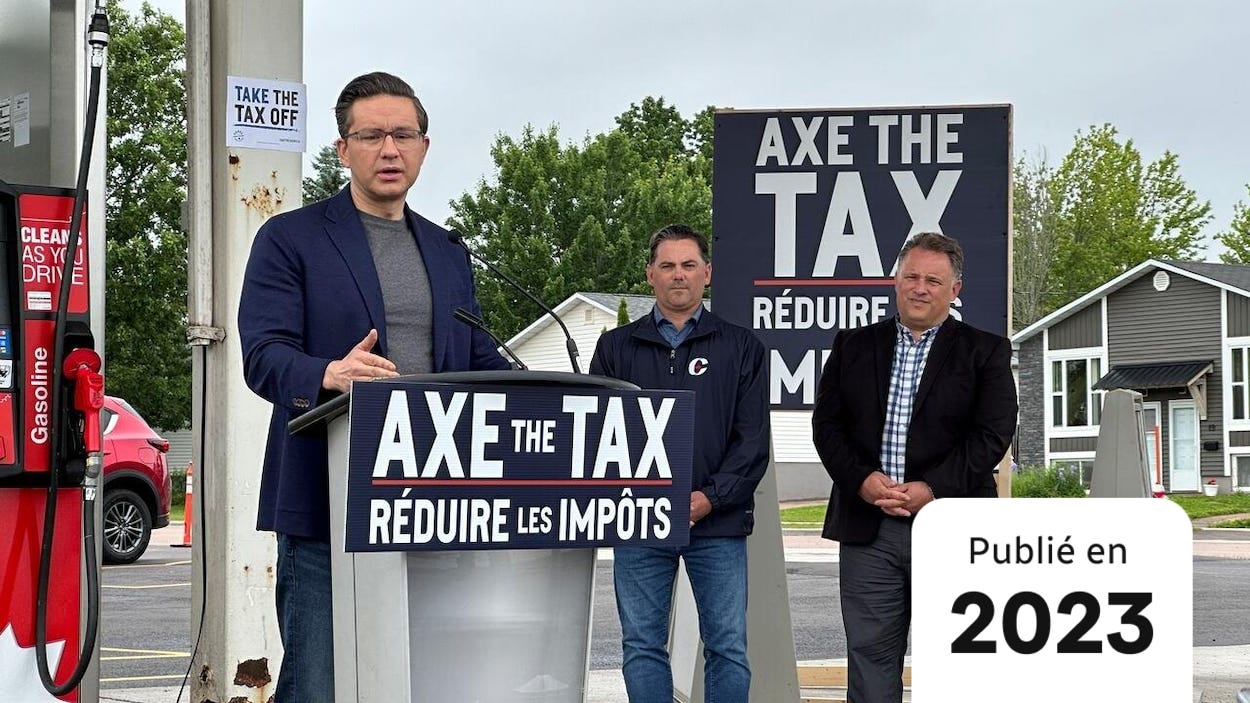
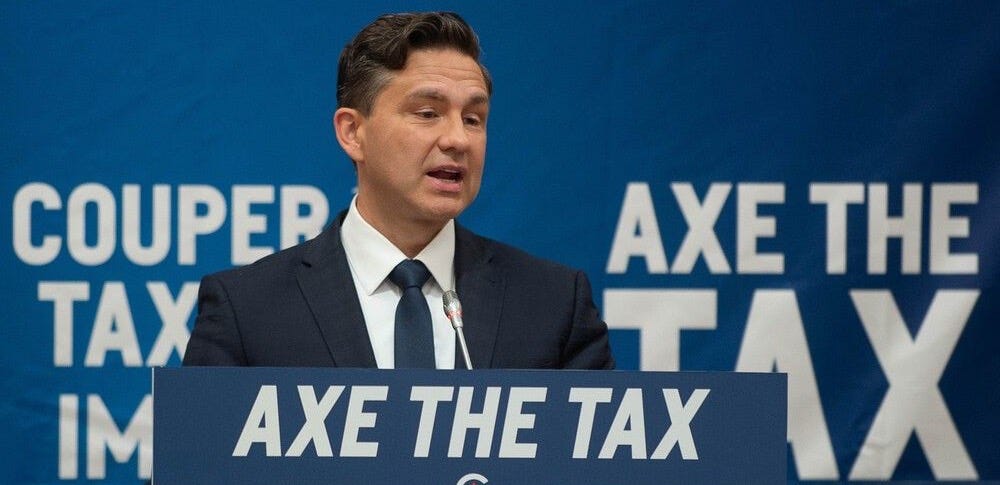
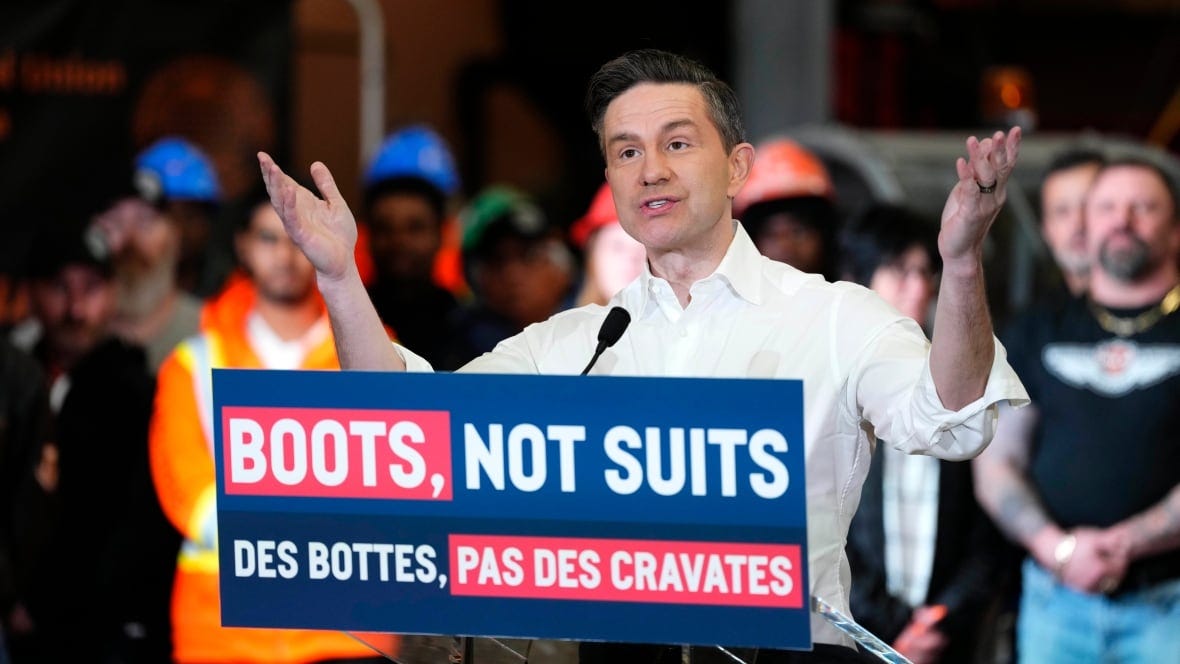


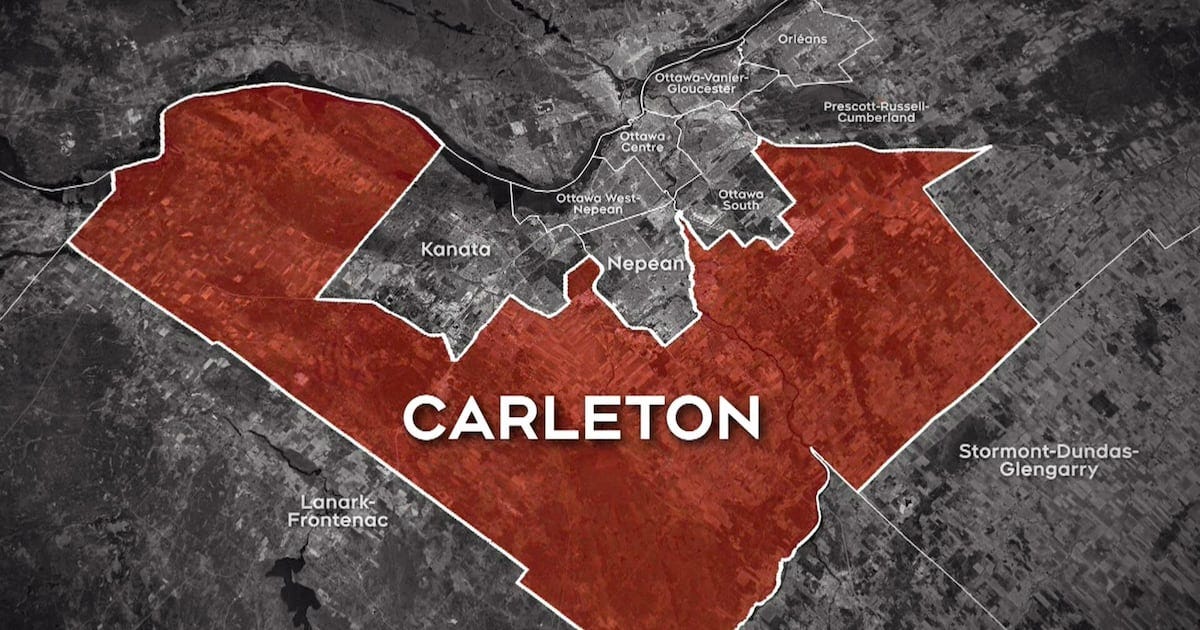

and boundary changes to riding